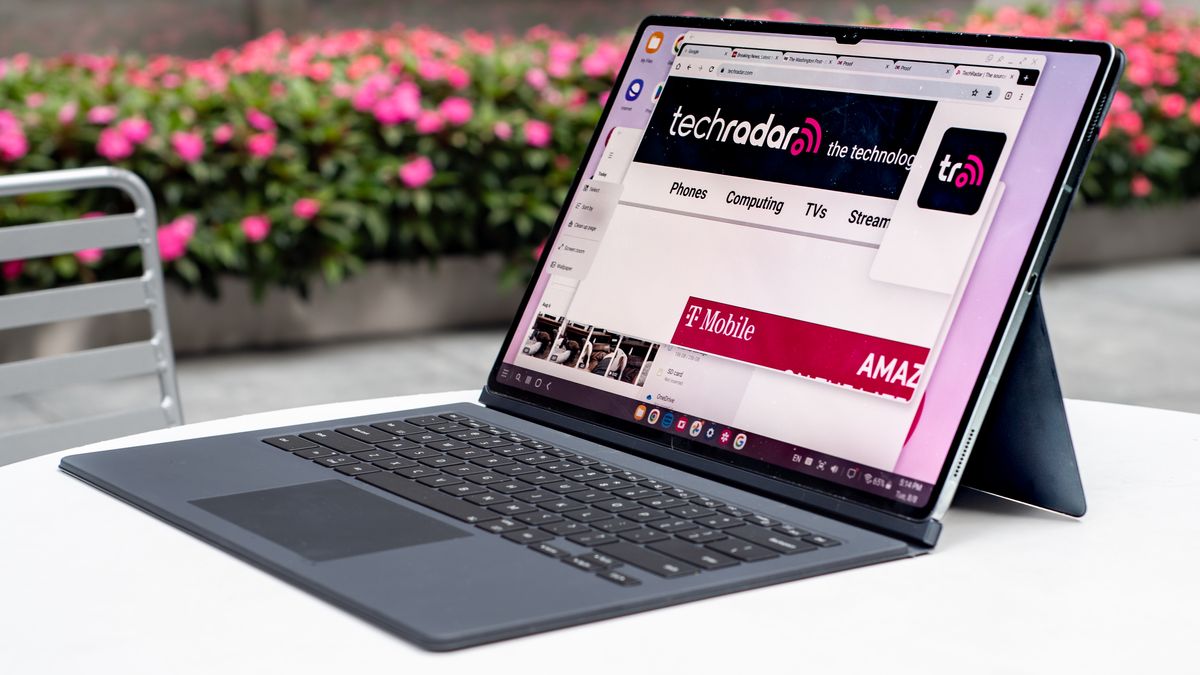CYFIRMA Research has discovered a new critical cybersecurity threat involving a serious remote code execution (RCE) vulnerability identified as CVE-2024-30078.
This flaw affects Wi-Fi drivers in multiple versions of Microsoft Windows, posing a potential risk to more than 1.6 billion active devices worldwide.
The vulnerability could allow malicious actors within Wi-Fi range to execute unauthorized code on affected systems.
How the exploit works
CVE-2024-30078 affects various versions of the Microsoft Windows operating system, including Windows 10, Windows 11, and various versions of Windows Server. The flaw resides in the Dot11Translate80211ToEthernetNdisPacket() function within the native Wi-Fi driver (nwifi.sys).
CVE-2024-30078 has been reported exploited in the United States, China, and parts of Europe. It poses significant risks to industries that rely heavily on Wi-Fi and widespread Windows deployments, including healthcare, finance, manufacturing, government, and technology.
It has been classified as having a low attack complexity, meaning it does not require sophisticated techniques or user interaction to exploit. Instead, attackers can send specially crafted network packets to devices within its Wi-Fi range to gain unauthorized access.
This vulnerability involves a flaw in the link layer control (LLC) component of the network stack. This flaw is related to the way packet lengths are handled when a virtual LAN (VLAN) is used. The vulnerability arises from a mismatch in packet size expectations, resulting in an out-of-bounds read and a 2-byte write vulnerability.
Attackers can manipulate this vulnerability by crafting specific network data packets that interact with the Dot11Translate80211ToEthernetNdisPacket() function. By exploiting this flaw, attackers can overwrite critical address information and execute arbitrary code on the affected system.
If successfully exploited, this vulnerability could have serious consequences affecting both individual users and organizations. One of the most alarming consequences is the possibility of installing malware. Attackers could remotely install various types of malicious software, including ransomware and spyware, on affected systems.
Additionally, once a system is compromised, attackers can perform lateral movement within the network, meaning they can navigate to other connected devices and escalate their privileges to access sensitive data and critical infrastructure.
Another serious implication is botnet recruitment, where attacked systems could be integrated into networks of compromised devices controlled by attackers. These botnets can be used to launch distributed denial of service (DDoS) attacks or facilitate other large-scale malicious activities, further amplifying the threat posed by the initial vulnerability.
Data exfiltration is also a critical issue associated with CVE-2024-30078. These malicious actors could gain unauthorized access to sensitive information, including personal data, financial records, and intellectual property.
There are multiple ways to minimize the risk posed by CVE-2024-30078. Organizations and individuals can adopt the following proactive strategies to improve their cybersecurity:
- To protect against this vulnerability, the most important measure is to apply patches immediately. Microsoft released a security patch in June 2024 that specifically addresses this vulnerability. Regularly updating all systems to the latest software versions is essential to ensure that known vulnerabilities are mitigated, significantly reducing the risk of exploitation.
- Another effective measure is to enable advanced network security features. For example, implementing Wi-Fi Protected Access 3 (WPA3) can improve the security of wireless communications. Additionally, it is advisable to disable unnecessary network protocols that could be exploited by attackers to further protect the network environment.
- Using strong, unique passwords is crucial to protecting Wi-Fi networks.
- Network segmentation can also play a vital role in limiting the impact of potential attacks.
- Implementing intrusion detection and prevention systems (IDPS) can help organizations detect suspicious activity or anomalies in network traffic that may indicate attempts to exploit vulnerabilities.
- Regular security audits and penetration testing are essential to identify vulnerabilities and weaknesses in network configurations before attackers can exploit them.
- Educating users on cybersecurity best practices is also critical. Training users on the specific risks associated with Wi-Fi networks and the importance of following security protocols can significantly reduce the likelihood of accidental exposure to attacks.
- Finally, implementing a zero-trust security model ensures that all network access is considered potentially risky. This approach requires continuous verification of devices and users, minimizing the risk of unauthorized access, even if an attacker manages to gain access to the network.









